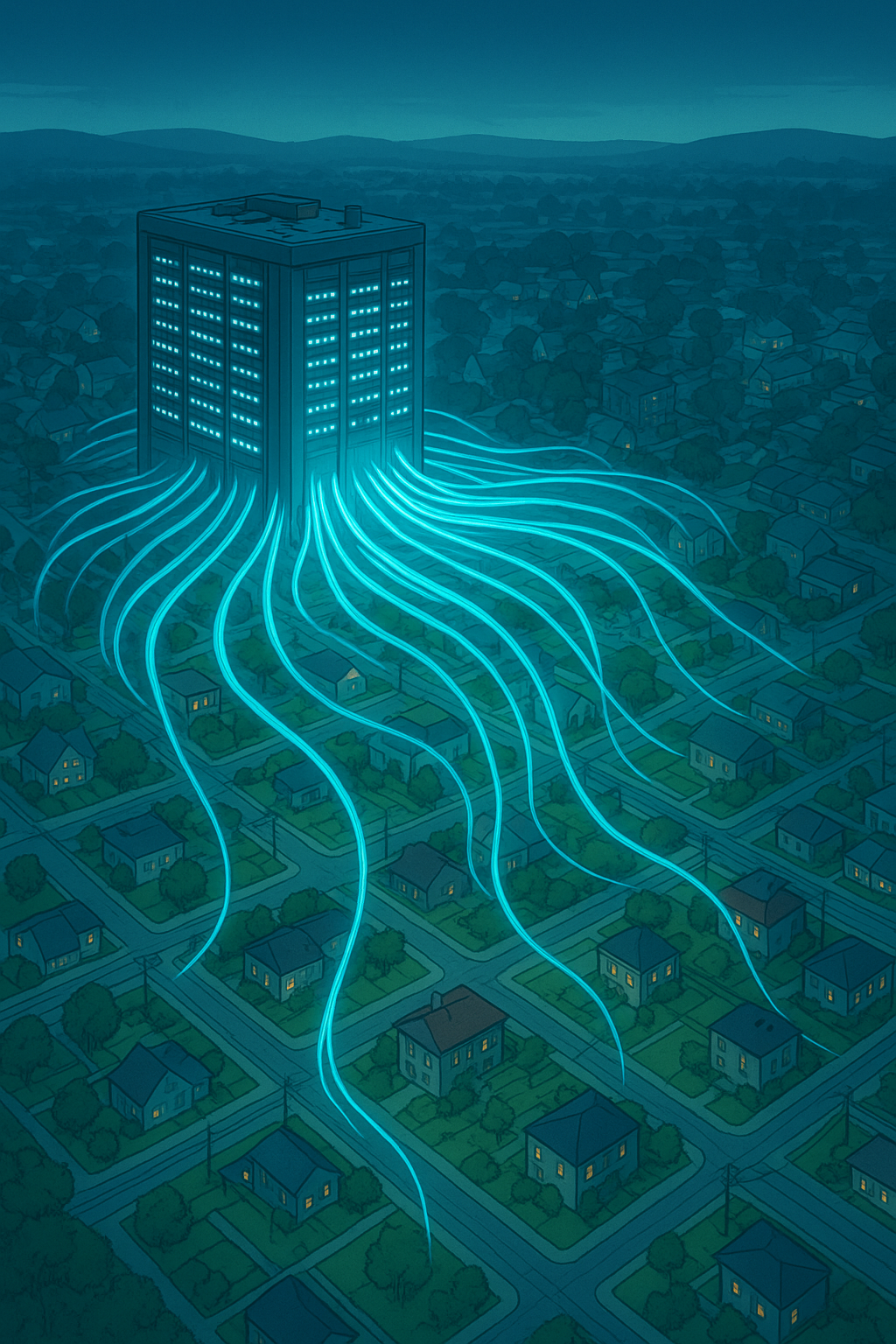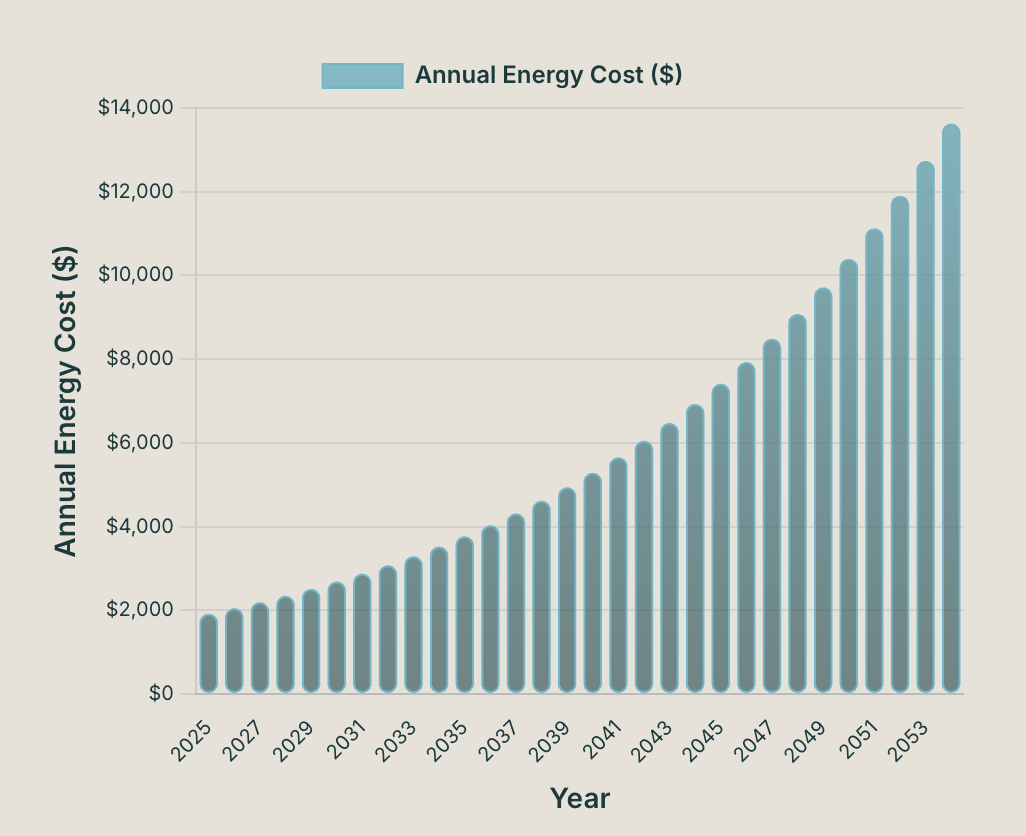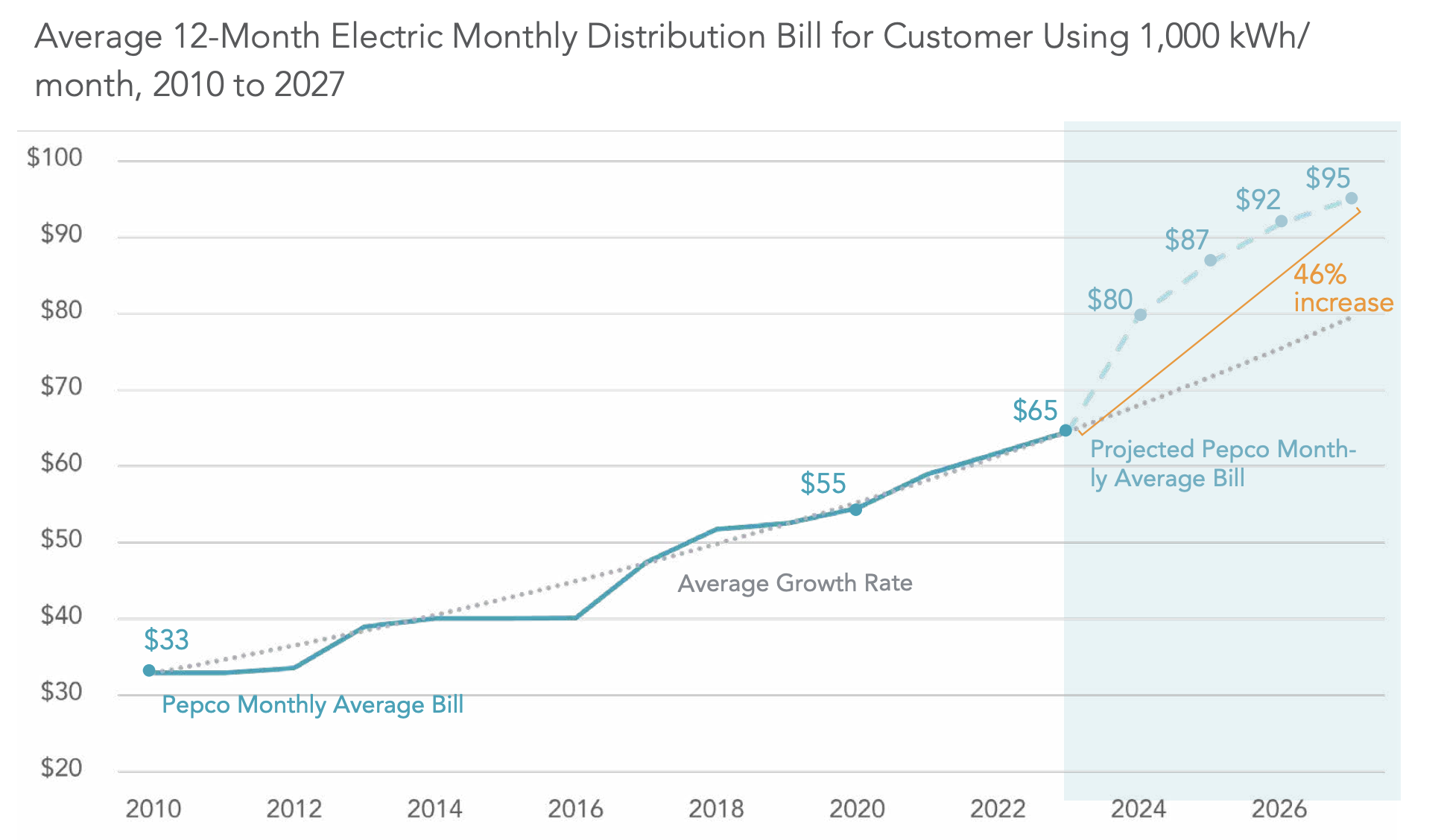Blog Detail
How AI Could Raise Your Electric Bill
How AI Could Raise Your Electric Bill

How AI Could Raise Your Electric Bill
In the quiet corners of rural Louisiana, a tech giant's ambitious project highlighted a growing concern for everyday energy users. Last year, Meta chose Richland Parish—a community of just 20,000 residents—as the location for its largest data center yet, a facility projected to cost $10 billion. What sealed the deal wasn't the area's scenery, but its access to vast amounts of electricity. This single site is expected to consume about 2.2 gigawatts of power, enough to rival twice the peak usage of a major city like New Orleans. To make it happen, billions in new power plants and grid upgrades are needed, raising a big question: Who foots the bill?
As artificial intelligence continues to explode in popularity, from chatbots to advanced analytics, the infrastructure powering it—massive data centers—is devouring electricity at an unprecedented rate. This surge isn't just a tech story; it's one that could directly impact your monthly utility statement. In this post, we'll explore how AI's energy demands are pushing up power costs for consumers and why turning to solar energy might be your best defense against rising bills.
The AI Boom: A Power-Hungry Beast
For decades, data centers have quietly supported our online world, but AI has supercharged their energy needs. Training and running AI models requires thousands of high-performance chips, leading to a dramatic spike in electricity consumption. Recent projections show that global data center power usage could more than double by 2030, reaching around 945 terawatt-hours—equivalent to the annual electricity needs of entire countries. In the U.S., this translates to utilities scrambling to meet demands that outstrip current capacities.
Take Texas, for example: One utility there has reported requests for 119 gigawatts from data centers alone, exceeding the state's existing generation capability. Building that out would essentially double the grid's size in just a few decades, a feat that took over a century to achieve initially. Similarly, in Virginia, unchecked growth could boost overall energy use by 183% by 2040, largely driven by these facilities. Even everyday AI interactions add up— a single AI-powered search can use 10 times more electricity than a standard web query.
Why This Could Hit Your Wallet
Historically, utility companies have spread the costs of expanding power infrastructure across all customers, viewing reliable electricity as a public good. But with AI giants like Meta, Google, and Microsoft leading the charge, this "socialized" approach means regular households and businesses might end up subsidizing trillion-dollar corporations.
Research from experts at Harvard highlights how confidential deals between utilities and tech firms often offer discounted rates to data centers, while the full costs of new gas plants, transmission lines, and upgrades get passed on through higher rates for everyone else. In Louisiana, for instance, the local utility plans to construct three natural gas plants to support Meta's operations, with intentions to include those expenses in rate calculations affecting all customers—despite a secretive 15-year agreement with the company.apnews.com A similar pattern emerged in a lawsuit against a major Southeastern utility, where discounted power for a big client created a $325 million burden shifted to everyday ratepayers.
Quantifying the exact hit is tricky due to opaque rate-setting processes, but studies paint a worrying picture. In regions like Virginia, consumers could see annual electricity costs climb by $150 to $450 by 2040 if trends continue. Broader forecasts warn of even steeper rises: By 2029, average U.S. bills might surge 70% due to AI-driven demand, with data centers potentially accounting for up to 21% of global energy use when AI delivery costs are included. Nationwide, electricity prices are already ticking up, and the data center explosion is a key culprit.
Advocates argue for better oversight, like transparent contracts and vigilant regulators to prevent unfair cost-shifting. Some suggest tech companies build their own "energy parks" powered independently, keeping expenses off the public grid. But until reforms catch up, the pressure on consumer bills is likely to grow.
Solar Energy: Your Shield Against Rising Costs
Here's where solar comes in as a smart counter-strategy. As AI pushes grid demands higher and utilities hike rates to cover expansions, generating your own power through solar panels can lock in lower, predictable costs and reduce reliance on the volatile utility market.
Distributed solar systems—installed on homes, businesses, or community sites—directly offset the grid's burden by producing clean energy locally. This not only helps mitigate overall demand spikes from data centers but also shields you from rate increases. For example, pairing solar with battery storage allows for near-constant renewable power, even during peak times when AI facilities are guzzling electricity. Studies show that widespread adoption of such resources could significantly ease the strain on utilities, potentially stabilizing or even lowering bills for participants.
Moreover, AI itself is enhancing solar technology. Advanced algorithms optimize panel placement, predict energy output, and manage storage more efficiently, making solar even more cost-effective. Transitioning data centers to renewables like solar and wind reduces fossil fuel dependence, but for individuals, rooftop solar offers immediate savings—often paying for itself in 5-10 years through reduced bills and incentives.
Incentives like Free Solar in Washington DC make solar more accessible than ever but due to the recent passage of the One Big Beautiful Bill Act by Congress DC residents chance to lock in 20-30 years of free electricity will come to an end by 2027.
Wrapping Up: Power Up Your Savings
AI's rapid advancement is exciting, but its hidden cost—skyrocketing energy demands—could mean higher electric bills for millions unless we adapt. From Louisiana's massive data centers to nationwide projections of doubled power needs, the writing is on the wall: Utilities will pass on infrastructure expenses, and consumers might bear the brunt.
The good news? Solar energy empowers you to take control. By harnessing the sun, you can offset rising costs, contribute to a greener grid, and protect your budget from AI's energy appetite. If you're ready to explore solar options for your home or business, contact us today for a free consultation. Let's turn this challenge into an opportunity for sustainable savings!
Latest Blogs
See More Blogs in Detail
Looking for additional insights and information on solar energy and its benefits? Explore our collection of blogs to discover how solar power can enhance rental properties, save costs, and contribute to a more sustainable future. Dive into expert advice, practical tips, and real-world examples to make informed decisions about integrating solar energy into your rental strategy.
Our commitment to our planet
The transition to solar energy is bigger than all of us. See the positive impact solar energy is having on our planet, and how your purchases contribute.












